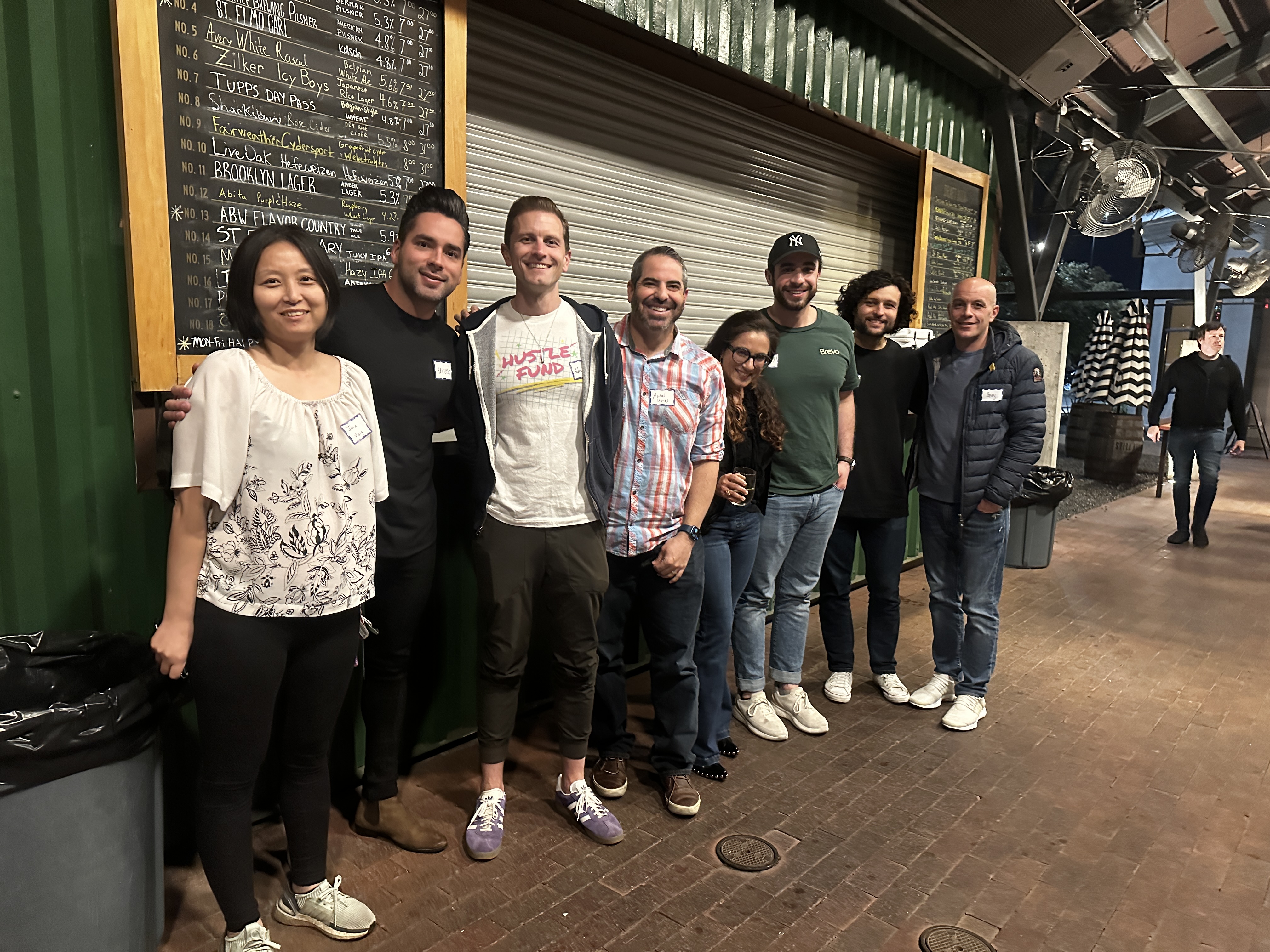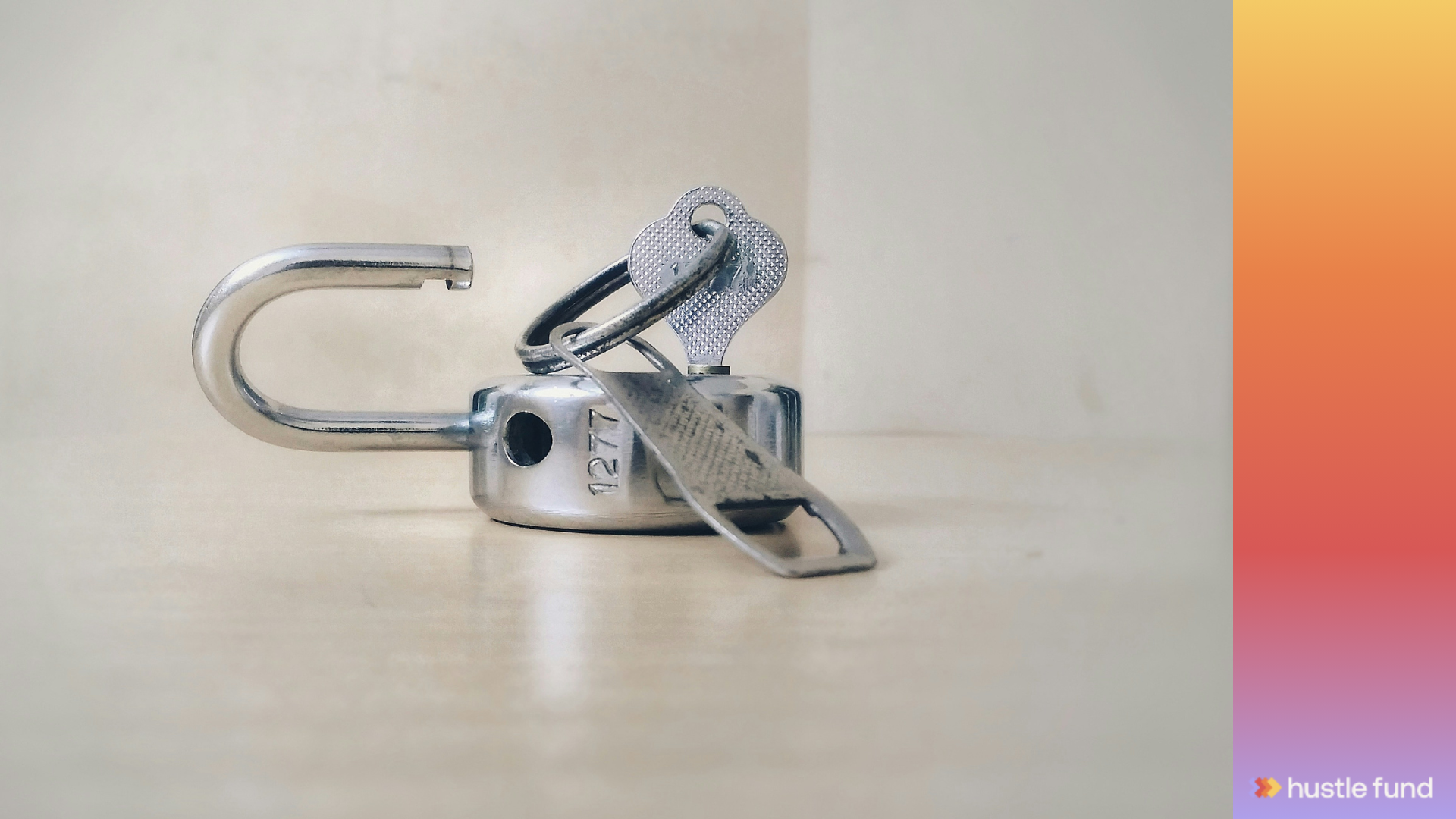Post-Money Valuation: What Founders Get Wrong (And How to Avoid Expensive Mistakes)
.png)
Brian Nichols is the co-founder of Angel Squad, a community where you’ll learn how to angel invest and get a chance to invest as little as $1k into Hustle Fund's top performing early-stage startups.
You just closed your pre-seed round. $500K at a $5M valuation. Congrats! But nobody asked the most important question. Is that pre-money or post-money?
If you can't answer that immediately, you're not alone. And unfortunately, you might be in for a rude awakening when those SAFEs convert.
We’ve reviewed hundreds of cap tables at Hustle Fund, and we see the same pattern over and over again. Founders think they're getting one deal, but the math tells a different story. They end up with way less equity than they expected, scratching their heads about where their ownership went.
Time to fix that..
The Core Confusion (And Why It Matters)
When someone says "we're investing at a $5M valuation," what does that actually mean?
With a post-money valuation of $5M and a $500K investment, the math is straightforward. The investor gets $500K / $5M = 10% of your company. Clean. Simple. You know exactly what you're selling.
But pre-money is where things get weird.
A $5M pre-money valuation means your company is worth $5M before the money comes in. So after you take the $500K, your company is now worth $5.5M post-money. The investor owns $500K / $5.5M = about 9.1%. Less ownership for the same check size.
Founders mess up when they don't realize which one they agreed to. Or worse, they sign a pre-money SAFE and raise way more money than they originally planned.
Let me give you a real example. A founder raises $1M on a $10M pre-money cap. Then momentum builds and they raise another $500K. Then another $500K. Suddenly they've raised $2M total, the company is worth $12M post-money, and investors own 16.7% instead of the 10% the founder was mentally calculating.
With pre-money, every additional dollar you raise increases dilution. The cap keeps moving.

SAFEs: The Dilution Time Bomb
Post-money SAFEs were supposed to fix this. And mostly, they do. But there's still a catch.
SAFEs don't actually put investors on your cap table immediately. They're not equity yet. They're tickets that say "I get equity later." This creates a weird psychological gap where founders don't feel the dilution because they don't see it.
I can't tell you how many times I've seen this. A founder has raised $800K across four different SAFEs, all at different caps. None of them are on the cap table. The founder still thinks they own 85% of the company because that's what they see in their spreadsheet.
Then they price their seed round, all the SAFEs convert, and boom. The founder actually owns 62%. They just lost 23 percentage points they didn't think they'd given away.
It's not necessarily bad that you raised the money. You needed the capital to hit your milestones. But you should know what you're trading for it.

What Actually Matters
Look, valuations are important. I'm not going to pretend they don't matter. They definitely do.
But what matters more is how much equity you have left after each round. Whether you can still recruit great people. Whether you're hitting your milestones.
I've seen founders turn down money because they wanted a higher valuation. Then they ran out of cash, had to raise at a lower valuation anyway, and ended up worse off.
I've also seen founders take too high a valuation too early. Then they couldn't grow into it. Down round. Messy cap table. Tough conversations with employees.
The sweet spot is raising enough money, at a fair valuation, that lets you hit your next milestones without giving away too much equity. Groundbreaking insight, I know.
Think in terms of these questions.
- How much runway does this give me?
- What milestones can I hit with this capital?
- What valuation can I command after hitting those milestones?
- Am I leaving enough equity for future rounds and employees?
If you can answer those questions, you're ahead of 80% of founders.
The Bottom Line
Post-money valuations are cleaner than pre-money. SAFEs convert in ways that might surprise you. Down rounds aren't death sentences anymore, but they make hiring harder. And that ESOP is coming out of your pocket whether you like it or not.
As Elizabeth Yin, co-founder and general partner at Hustle Fund, has noted about cap tables: "It's horrifying to say that I've rarely seen cap table math done correctly at each round."
That's exactly why founders need to use proper tools and understand the mechanics before signing anything.
Once you understand the mechanics, you can make better decisions. You can negotiate smarter. You can avoid the cap table disasters that plague so many startups.
And if you're looking for a community of founders and investors who've been through this before, Angel Squad is built exactly for this. We've seen every cap table structure imaginable. We help founders understand what they're actually signing, not what they think they're signing.
Because at the end of the day, it's your company. You should know exactly how much of it you own.













